
Looney Tunes is an American animated franchise produced and distributed by Warner Bros. It began as a series of short films that originally ran from 1930 to 1969, concurrently with its partner series Merrie Melodies, during the golden age of American animation. Following a revival in the late 1970s, new shorts were released as recently as 2014. The two series introduced a large cast of characters, including Bugs Bunny, Daffy Duck, and Porky Pig. The term Looney Tunes has since been expanded to also refer to the characters themselves.

Porky Pig is an animated character in the Warner Bros. Looney Tunes and Merrie Melodies series of cartoons. He was the first character created by the studio to draw audiences based on his star power, and the animators created many critically acclaimed shorts featuring the character. Even after he was supplanted by later characters, Porky continued to be popular with moviegoers and, more importantly, the Warners directors, who recast him in numerous everyman and sidekick roles.

Porky in Wackyland is a 1938 Warner Bros. Looney Tunes animated short film, directed by Bob Clampett. The short was released on September 24, 1938, and stars Porky Pig venturing out to find the last do-do bird, which he finds in Wackyland, a land that makes no sense located in Darkest Africa.
This is a listing of the shorts, feature films, television programs, and television specials in the Looney Tunes and Merrie Melodies cartoon series, extending from 1929 through the present day. Altogether, 1,002 animated shorts alone were released under the Looney Tunes and Merrie Melodies banners from the 1930s through the 1960s. From the beginning to the present day, 1,041 theatrical shorts have been created.
Charlie Dog is an animated cartoon character in the Warner Brothers Looney Tunes series of cartoons. The character was featured in nine cartoons between 1941 and 1958. He is generally characterized as a friendly wise guy.

Petunia Pig is an animated cartoon character in the Looney Tunes and Merrie Melodies series of cartoons from Warner Bros. She looks much like her significant other, Porky Pig, except that she wears a dress and has pigtailed black hair.

Piggy is the name of two animated cartoon characters in the Merrie Melodies series of films distributed by Warner Bros. The first character was a fat, black pig wearing a pair of shorts with two large buttons in the front, and his first film was You Don't Know What You're Doin'!

Gold Diggers of '49 is a 1935 Warner Bros. theatrical animated cartoon short in the Looney Tunes series.
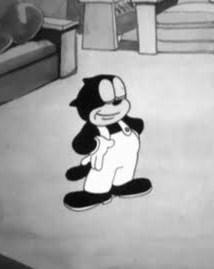
Beans the Cat is an animated cartoon character in the Warner Bros. Cartoons series of cartoons from 1935–1936. Beans was the third Warner Bros cartoon character star after Bosko and Buddy. He was voiced by Billy Bletcher. He was created by director Friz Freleng. The character was featured in nine cartoons made in 1935 and 1936.

Dough for the Do-Do is a 1949 Warner Bros. Merrie Melodies cartoon directed by Friz Freleng. The short was released on September 2, 1949, and stars Porky Pig. The short is a remake of Bob Clampett's 1938 cartoon Porky in Wackyland, as well as using footage from his 1943 cartoon Tin Pan Alley Cats.

The Case of the Stuttering Pig is a 1937 Warner Bros. Looney Tunes animated cartoon directed by Frank Tashlin. The short was released on October 30, 1937, and stars Porky Pig and Petunia Pig.
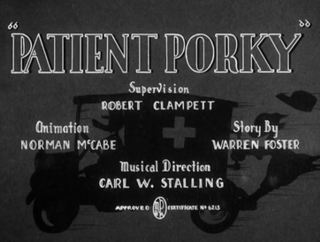
Patient Porky is a 1940 Warner Bros. Looney Tunes cartoon directed by Bob Clampett, written by Warren Foster, and scored by Carl W. Stalling. The short was released on August 24, 1940, and stars Porky Pig. Bugs Bunny's prototype makes a cameo appearance in this cartoon, making it his fifth and final appearance.

My Favorite Duck is a 1942 color Warner Bros. Looney Tunes cartoon directed by Chuck Jones, in his second collaboration with writer Michael Maltese. The cartoon was released on December 5, 1942, and stars Daffy Duck and Porky Pig. It was the second color entry in the Looney Tunes series, and the first pairing of Porky and Daffy produced in Technicolor.
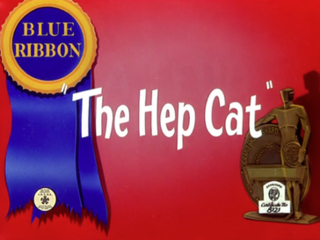
The Hep Cat is a 1942 Warner Bros. Looney Tunes cartoon directed by Bob Clampett, written by Warren Foster, animated primarily by Robert McKimson, and set to a musical score composed by Carl W. Stalling. The short was released on October 3, 1942. This cartoon was the first Technicolor Looney Tunes short.
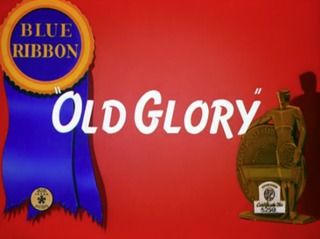
Old Glory is a 1939 Warner Bros. Merrie Melodies animated cartoon directed by Chuck Jones. The short was released on July 1, 1939, and stars Porky Pig. The cartoon was commissioned by Warner Bros. as a counterpart for a series of live-action films about American patriotism.
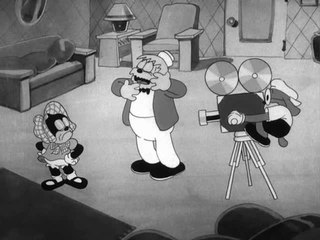
Hollywood Capers is a 1935 short animated film of the Looney Tunes series. It stars Beans the Cat in the character's second solo cartoon. Porky also made a cameo.

Alpine Antics is a 1936 black-and-white Looney Tunes animated cartoon short directed by Jack King. The film stars Porky Pig and Beans the Cat.
Trap Happy Porky is a 1945 Warner Bros. Looney Tunes short directed by Chuck Jones and written by Tedd Pierce. The short was released on February 24, 1945, and features Porky Pig, along with Hubie and Bertie, an early version of Claude Cat and a prototype of Hector the Bulldog.
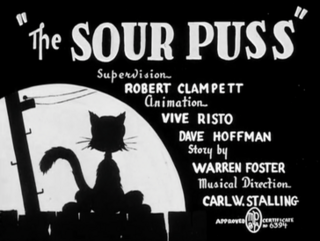
The Sour Puss is a 1940 Warner Bros. Looney Tunes cartoon directed by Bob Clampett. The short was released on November 2, 1940, and stars Porky Pig.
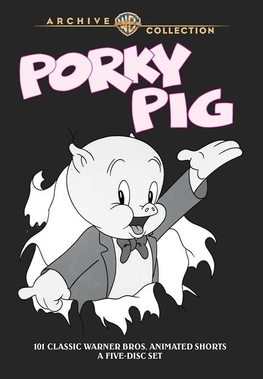
Porky Pig 101 is a DVD box-set released by Warner Archive Collection, collecting the first 101 animated short subjects starring the Looney Tunes and Merrie Melodies character Porky Pig. The set features all 99 Porky Pig cartoons made in black and white, as well as two cartoons made in color: Porky's debut appearance in I Haven't Got a Hat (1935) and the color "special" Old Glory (1939).

















